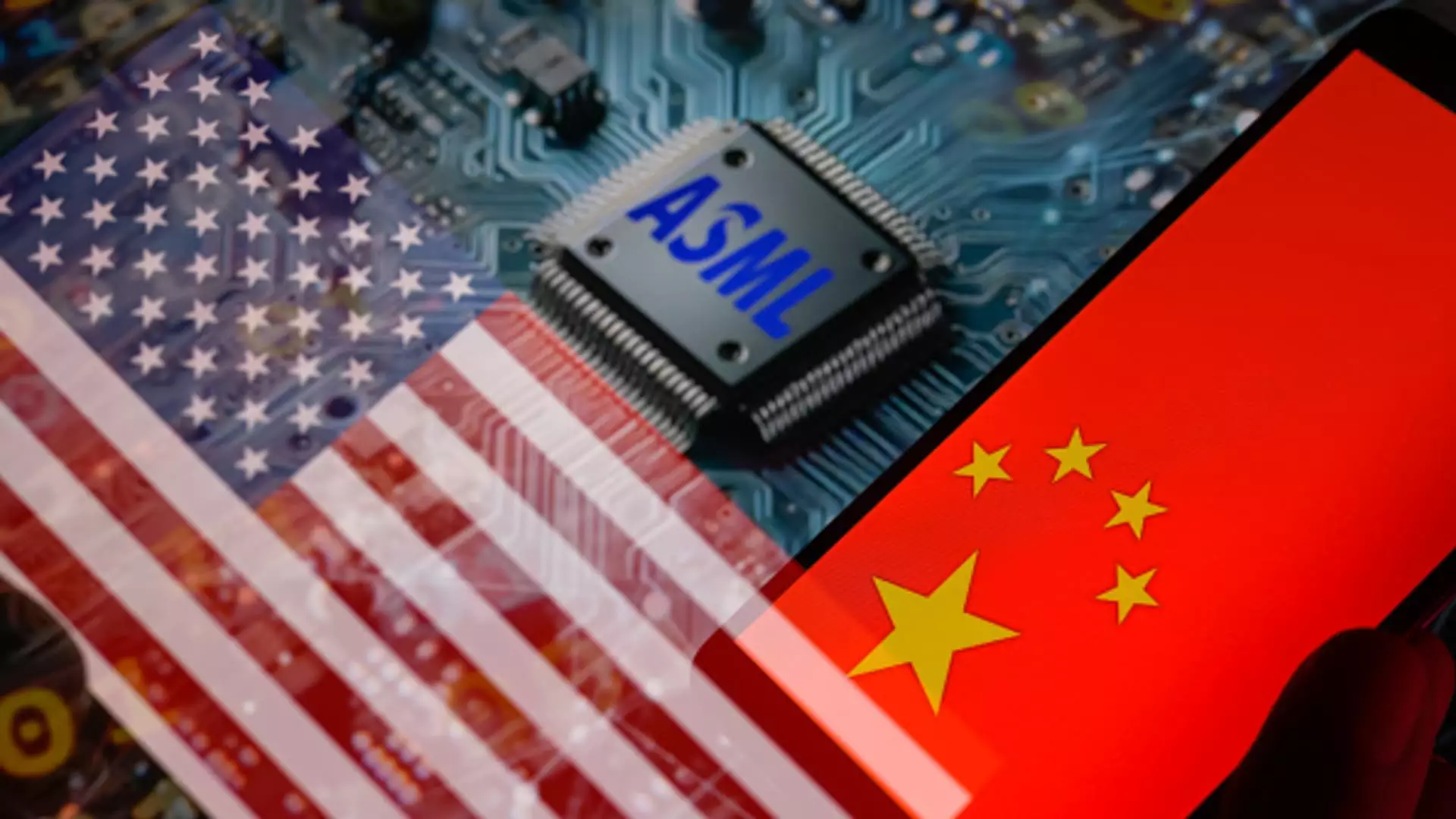In a noteworthy show of resilience against regulatory and geopolitical tensions, shares of prominent global semiconductor equipment manufacturers surged on Thursday. The uptick followed reports of a new approach by the U.S. government regarding sanctions on China’s semiconductor sector. Instead of following through with harsher restrictions previously proposed, the U.S. appears to be considering more moderate measures, prompting optimism among investors. In early European trading, ASML saw an approximate 3.6% increase, while Tokyo Electron experienced over a 6% rise on the Japanese stock market. This shift indicates that markets remain sensitive yet hopeful about maintaining a competitive edge in the semiconductor industry in the face of changing political landscapes.
Bloomberg highlighted that U.S. authorities are evaluating additional restrictions concerning the sale of semiconductor manufacturing equipment and artificial intelligence memory chips to various Chinese enterprises. However, the prospective regulations are said to be aiming for a less aggressive stance than what had previously been anticipated. Notably, the U.S. Commerce Department’s Bureau of Industry and Security has not yet provided an official comment regarding these reported developments. The adjustment in potential sanctions is crucial as it could mitigate earlier fears while maintaining the integrity of U.S. technological superiority.
The proposed modifications include a reassessment of which companies are included on the export blacklist commonly referred to as the Entity List. Significantly, the Chinese entity ChangXin Memory Technologies, which could have been a competitive threat to established players like SK Hynix and Samsung, is expected to be spared from these restrictions. Analysts from Jefferies highlighted that this reprieve might soften ASML’s anticipated revenue dip from the Chinese market, which had been projected at 30% for the next year.
ASML’s pivotal role in the global semiconductor supply chain cannot be overstated. As the primary supplier of advanced lithography machines that chip manufacturers rely on, the firm stands at the intersection of U.S.-China technological frictions. The machines produced by ASML are essential for creating the latest generation of semiconductors, and previous export controls have already hampered its ability to ship these critical resources to Chinese firms. In light of the new regulations, even certain less advanced machines are facing increased restrictions for export to China, casting further uncertainty on ASML’s operations.
While restrictions targeting demand directly could adversely affect ASML and its supply chain, the prospect of less aggressive sanctions could create a more favorable market environment for the company and its competitors. Firms that provide semiconductor manufacturing equipment may experience a rebound in demand should market conditions stabilize and export regulations become less stringent.
The semiconductor industry’s dynamics are inherently intertwined with complex geopolitical considerations. Observers and analysts alike will be closely monitoring the U.S. government’s next steps regarding its China policy. For key players like ASML and Tokyo Electron, the path forward may hinge on a fragile balance of regulatory measures and international cooperation. Moreover, the performance of these companies will serve as a critical barometer of the semiconductor market’s health amidst ongoing global tensions. As developments unfold, investors remain cautiously optimistic, reflecting the intricate and often unpredictable nature of technological and economic competition on the world stage.

